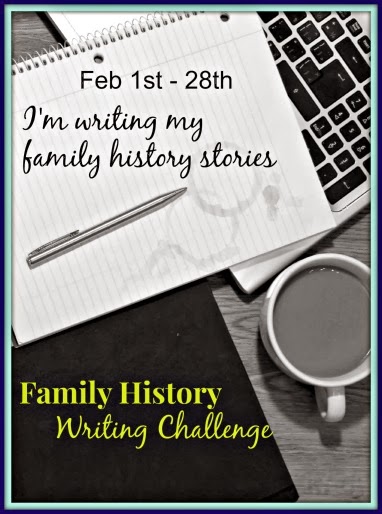Claverley Property Document Analysis, Part 5: Next Steps
Posted: 01 Feb 2014 Filed under: Genealogy issues, Genealogy resources, Research strategy | Tags: Claverley, CPDA, Crowther, family history, genealogy, legal terms, manor Leave a commentThis is the final post in the Claverley Property Document Analysis series, which examined a property transfer recorded at a court baron in Claverley, Shropshire, England in 1844.
- Transcript – described the structure of the court record of the session and cases, and presented a faithful copy in a format ready for further analysis.
- Semantic mark-up
- presented an illustration of the transcript marked up with semantic tags, colour coded for people’s names, place names, dates, occupation/rank, manorial legalese and property description.
- presented the relationships and links between the elements identified summarised as ‘facts’ or ‘events’
- Places – validated place names using contemporary records, categorised the types of places, and checked the locations.
- People and Identity – validated people’s names and identified each in at least one other contemporary record.
This process has provided answers, at least provisionally, to the questions:
What did the court record say?
Where and when did the events occur?
Who were the people?
The research questions you might ask depend on who is the person of interest. That is not necessarily one of the main characters. I came upon this court session because I have a connection with John Wilson, so my questions are: What was his connection with John Felton that resulted in him becoming a trustee? Did he also have a connection with his fellow trustee, Samuel Nichols? John Felton’s will is the document I want to see next because it is highly likely to answer those questions and lead to more questions.
If my interest is restricted to one person, why spend time investigating the other people and places? Apart from checking that I have transcribed the names correctly (yes, I did make a couple of errors!), the other people and places have a clear association with my person of interest. In the past I would have skipped over the apparently irrelevant detail, but I have too many times regretted doing so. My initial person of interest was John Wilson, but correspondence with another researcher has pointed to connections with the Crowther family. Had I not investigated the probable publican, John Crowther and the copyholder, Edward Crowther, I would have had to re-examine this court record and could easily have missed them altogether.
A major advantage of a fully transcribed collection of records over an index is that minor actors are included together with the context of events. Presented as a complete, semantically tagged, transcript, the entire Claverley court baron records would be a fabulous resource for genealogy and local history. Granted, it would be a significant undertaking. An example of such a resource on a much larger scale for a prominent criminal court is the Old Bailey Online.
One thing I have not addressed in this study is the manorial legal jargon. I have found myself repeating explanations of terms, so what I really need is a glossary to refer to. So, from the 1 February 2014, I commit to blog one term each day for the month of February for the Family History Writing Challenge with a new series:
Custom of the Manor – A Glossary
© Sue Adams 2014






